Submersible Operators Group
Leighton Rolley, Science Systems Manager at REV Ocean, discusses the recently published SOG report and the evolution of the submersible sector…

The first annual Submersible Operators Group was held in Avonmouth, UK, on October 3-4, 2023. Hosted by REV Ocean and DEEP, the international research and development organisation, the inaugural meeting brought together operators, manufacturers, certification bodies, and pilots from all over the world. With the first report now published and available for download, SuperyachtNews speaks with Leighton Rolley, Science Systems Manager at REV Ocean, about the outcomes and goals of the meeting and where this fascinating sector is heading next.
The submersible community has a long history of safe operations in extreme environments. The deep has drawn the world’s most intrepid explores for generations, with some of the most incredible feats of human endeavour coming from the field. From the Trieste in the 1960s, through to the Limiting Factor, built by Triton Submarines today, these submersibles and their operators have advanced our knowledge of the marine environment.
Following the loss of the Titan submersible, built by Oceangate, there was a recognised need for collaboration. As Rolley stresses, this was not due to safety concerns. He is quick to highlight that the last fatality attributed to a submersible was in the 1970s. However, the use of private submersibles is expanding, and coordinating the operators of these highly specialised machines is vital.
The report highlights the need for a united community voice to effectively address safety and operational improvements in the submersible sector. “We haven't talked as much as we should have as a community,” says Rolley. “This is probably the biggest meeting of submersible pilots and operators in two or three decades.”
In the superyacht context, for example, there is a divergence in the operational profile for many of the subs. “The research community treats their subs like a consistently operating piece of equipment with dedicated teams. But on Superyachts, if the owner's not there, how often do they use the submersible? How much training do they do with the crew? Does the captain allow them to put it in the water? These are some key considerations for the superyacht fleet.”
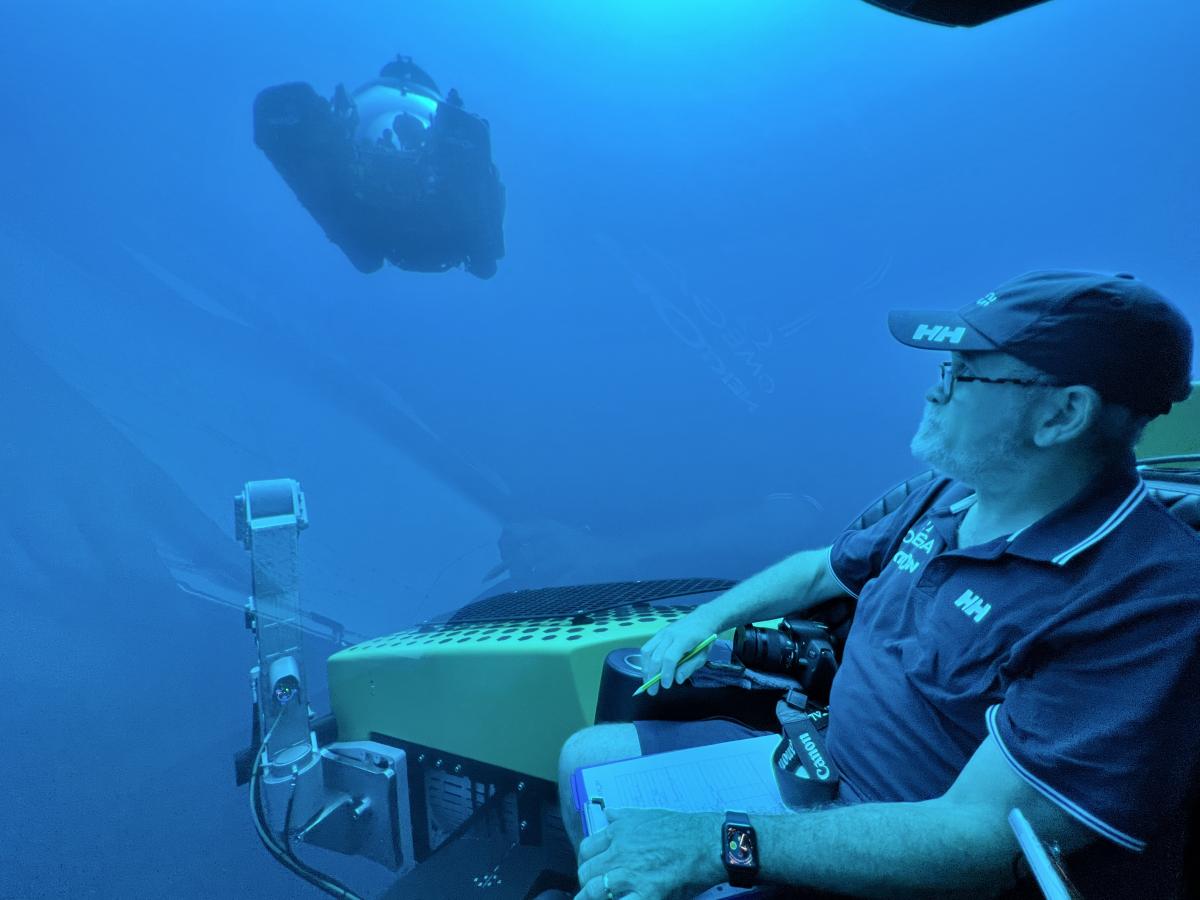
The REV Ocean and Nekton Maldives mission in 2022 was the first systematic survey and sampling of the Maldives from the surface to 1000 metre depths, using a custom-built submersible from Triton Submarines.
Rolley also highlights the challenges posed by rotating crew and high turnover onboard yachts. These specialised subs and their operation on unique vessels require distinct skill sets. While submersible and yacht-specific training has sufficed for existing private yacht subs, there's a growing need to address this for continued safety in the sector.
“Crew, especially those on smaller yachts, have multiple roles onboard simultaneously,” says Rolley. “The captain and yacht management may not have the time or resources to invest full time in the maintenance and operations that go into submersible management.”
There is an overhead associated with having a sub onboard. An example Rolley highlights is that of recruitment time. If something happens to the jet ski or dive instructor onboard, you can call a crew agent and have a replacement with you within a few hours. If a sub-pilot leaves or is ill, it’s going to take a lot longer. “These are not off-the-shelf items, and the same can be said for their operators,” underscores Rolley.
Superyachts are about service. Having a sub pilot who is not only highly technically proficient but can also interact with the guests and enhance the underwater experience is a very specific skill set. Traditionally, many pilots came from naval or offshore backgrounds, making them safe and highly efficient pilots, but, as Rolley freely admits, “Not every yacht owner wants to work with a gruff Welshman like me every day!”
Superyacht-specific training is often conducted onboard during the initial purchase. The STCW modules only prepare a crew member so far for the idiosyncrasies of superyacht operations. In line with this, the SOG report also highlights the need for more specialised training for sub-pilots. “There are numerous training documents out there,” says Rolley. “The Koreans have their regulations, Cayman Islands, the IMO etc. They all request that the pilot has a certain amount of experience with the sub. This is usually a manufacturer-based course.”
The implication here is not that manufacturers give subpar training, Rolley stresses, drawing on the analogy of Airbus and Boeing. The aviation industry has a standardised set of training for pilots, followed by type-specific specialisations.
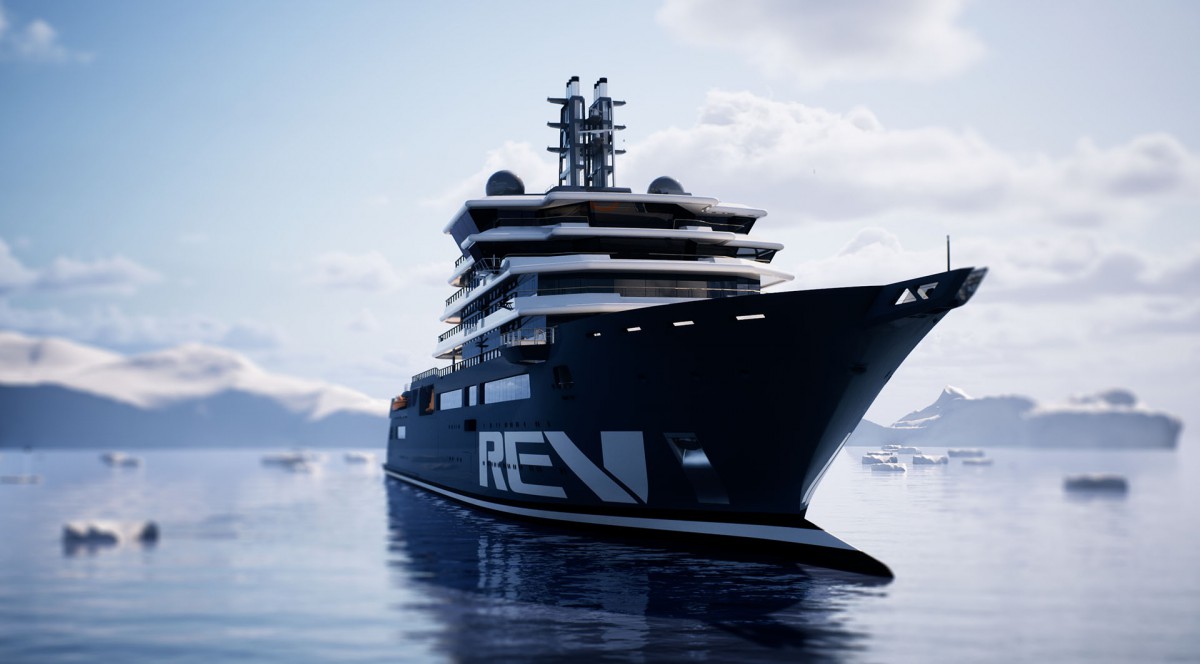
The VARD shipyard now expects to deliver the REV Ocean vessel in February 2025, which means that the vessel will be operational from Q4 2026.
Sub pilots generally undertake their training in Curaçao, the UK, or the US, where many of the major manufacturers have their facilities. These are perfect places to show off the sub and get pilots used to the controls. But what happens then when the owner wants to dive under in Antarctica or in, the waters off Greenland?
“A more complete understanding of the differences in the physical environment within the ocean needs to be added to the training, superyachts especially are likely to take a sub to some remote and very different locations,” says Rolley.
The SOG is also working to enhance the application of privately owned submersibles for research purposes. A key part of the coordination of the operators that underscores the SOG report is also to maximise the potential of the private sub fleet to actively contribute to marine scientific research.
“The public may view yachts as part of the problem,” says Rolley, “so why not give back as much as you can but take local scientists when you can, gather data, record underwater footage wherever possible.” As he underscores, deep-sea research can involve activities such as simple as high-resolution video recording.
The global superyacht community can collaborate to produce a pool of submersibles and trained pilots, greatly expanding the number of active vessels collecting data for science. “If you have a submersible, it’s an amazing piece of kit, not only for your guests but its potential to contribute to marine science,” concludes Rolley “There are over 5000 superyachts in operation, and if just 10 per cent had a sub or were participating in active research, that 500 vessels would already be equal to the entire global marine scientific research capacity today.”
With the potential for a substantial increase in the number of research focussed vessels and the wealth of knowledge they can provide; the future of submersibles is promising. Built on a storied history of safe exploration, the newly formed Submersible Operators Group aims to support an interconnected, and scientifically engaged superyacht and submersible industries.
Profile links
NEW: Sign up for SuperyachtNewsweek!
Get the latest weekly news, in-depth reports, intelligence, and strategic insights, delivered directly from The Superyacht Group's editors and market analysts.
Stay at the forefront of the superyacht industry with SuperyachtNewsweek
Click here to become part of The Superyacht Group community, and join us in our mission to make this industry accessible to all, and prosperous for the long-term. We are offering access to the superyacht industry’s most comprehensive and longstanding archive of business-critical information, as well as a comprehensive, real-time superyacht fleet database, for just £10 per month, because we are One Industry with One Mission. Sign up here.
Related news
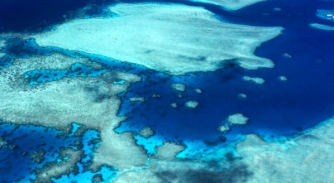
Yachts, science and sustainability
Megan Hickling dissects a roundtable discussion on linking yachting enthusiasts with scientists and fostering ocean science for climate action
Crew
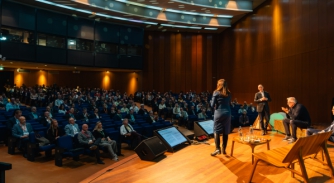
The necessity of time, luxury and experiences
Professor Dr Phil Klaus and Dr Annalisa Tarquini-Poli tackle the challenges that face superyacht ownership at TSF 2023
Owner

U-Boat Worx launches its fastest sub yet
The submersible specialist unveiled the multi-million euro Super Sub at the Monaco Yacht Show 2023
Crew

BBC Blue Planet III: We can help
As the third season of this iconic show enters production, your observations could prove pivotal to its next evolution
Crew
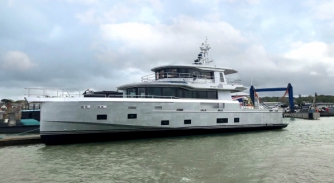
Arksen launches Project Pelagos
The first of the Arksen 85 series has hit the water at the company’s Isle of Wight shipyard ahead of sea trials
Fleet
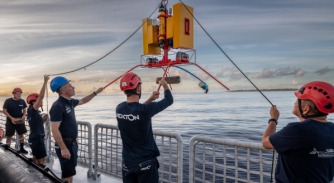
Discover Ocean Census
‘The largest programme of oceanic scientific exploration in history’ offers a new horizon for impactful contribution from the superyacht sector
Crew
Related news
Yachts, science and sustainability
1 year ago
U-Boat Worx launches its fastest sub yet
2 years ago
BBC Blue Planet III: We can help
2 years ago
Arksen launches Project Pelagos
2 years ago
Discover Ocean Census
2 years ago
NEW: Sign up for
SuperyachtNewsweek!
Get the latest weekly news, in-depth reports, intelligence, and strategic insights, delivered directly from The Superyacht Group's editors and market analysts.
Stay at the forefront of the superyacht industry with SuperyachtNewsweek



